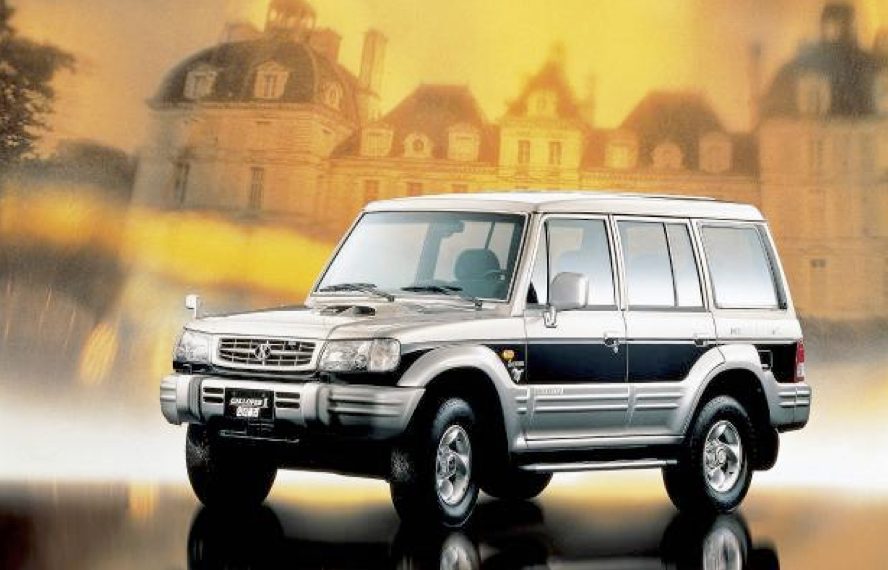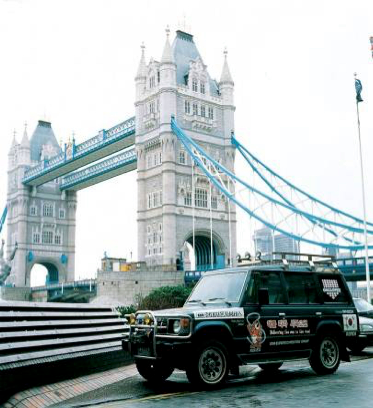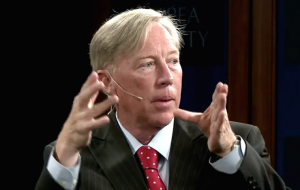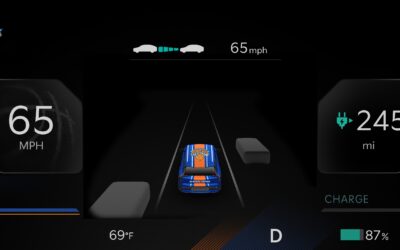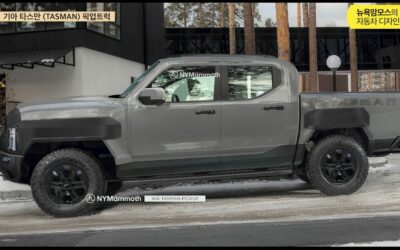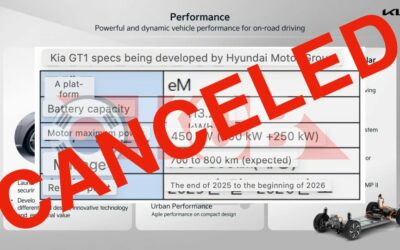[ads id=”9″]
With the introduction of Genesis, the Hyundai Motor Group’s premium luxury car division as well as Kia Motors’ Niro and Hyundai Motor’s Nexo, all part of an expanded model lineup of FCEV, hybrid and electric vehicles, many in the industry see these as bold moves by the Hyundai Motor Group and it leadership.
More so, the Group has joined in a number of high profile technology partnerships and committed billions over the next few years to mobility, AI, and autonomous vehicles. Actually, it is but the latest chapter in a story and a legacy reaching back decades.
In 1991, the Seoul Hyatt Hotel was the site of the launch of a new mid-sized SUV, the Hyundai Galloper. A pet project of future Hyundai Motor Group Chairman Chung Mong Koo at the time no one felt the Galloper could dislodge the Ssangyong Korando, the popular and dominant SUV in the Korean market. That said, it would take only a year for the Galloper to surpass the Korando. To many this would be but the start of what would become the Galloper shinhwa–myth and legend.
Stepping back in the story, following family expectations and after graduating from college Chung Mong Koo joined the Hyundai Group, South Korea’s largest and highly diversified industrial conglomerate. By the mid-1970s, Chung was personally involved in the forming of a new division within the Group—Hyundai Precision and Industry Company LTD. With the growth of Korea’s export industry and increased transportation via ocean transport ships, Chung Mong Koo recognized the growing demand for ocean-going containers. In this new venture, Hyundai Precision’s approach was to establish a standard forcargocontainers, while also gaining acompetitive edge through production technology and product development.The model proved to be highly successful.
[ads id=”8″]
Meanwhile, as the Hyundai Group’s fledgling car division expanded its operations Hyundai Precision, too, saw an opportunity and began to support the Hyundai Motor Company as a Tier I supplier.
Soon after, Chung and Hyundai Precision would look to introduce its own four-wheel drive vehicle to the Korean market–independent of Hyundai Motor Company.
Under Chung’s leadership, Hyundai Precision had since 1988 worked on developing the J-car project with a team from America’s Roush Enterprises. This became the X-100 ECS ROUSH. However, despite hopes the vehicle would have widespread appeal, reaction to the prototype by a test market study with U.S. consumers was poor.
Undaunted Hyundai Precision turned to Mitsubishi for production support. After review, the Mitsubishi Pajero was selected. As was common at the time, the model would bere-branded and locally manufactured for the Korean market. Badged as the Hyundai Galloper, the SUV’s would be produced by Hyundai Precision at its Ulsan plant complex. It is worthy to note that Hyundai Motor Company provided the engines, transmissions and body panels, while Hyundai Motor Service, the Group’s autoretail arm distributed and sold the SUVs. (Hyundai Motor Service one of the companies Chung oversaw in addition to Precision).
Soon, after the launch of the Galloper it was a hit not only in SouthKorea but also in Europe and Asia. In 1991, 3,006 Gallopers were sold, with sales of 24,264 in 1992 and 37, 971 in 1994. This success was fueled by a number of high-profile international promotional and marketing activities–the Galloper participating in long distance off-road rallies, which gained considerable media attention.
Hyundai Precision’s bold sales and promotion strategy continued to prove highly successful. In fact, within the company the Galloper shinhwa myth and legend spread…fueled by an uncanny five-fold increase in sales between 1997 and 1998. Within a broader context and adding to the legacy this success occurred during the devastating 1997 Asian economic meltdown, commonly referred to as the IMF Crisis. In contrast at the same time the highly anticipated launch of the Samsung’s automotive division, in analliance with Nissan, proved dismal.
By 1999, Chung Mong Koo would assume control of Hyundai Motor Company. In addition to his leadership role of HMC, plus another five of the Group’s companies including Hyundai Precision, the car division also acquired Kia Motors. Soon after to consolidate, Galloper production was moved to Hyundai Motor.
By 2000, amid a restructuring of the Hyundai Motor Company and its affiliates, Precision’s name was changed to Hyundai MOBIS.
In 2003 after a successful 12-year run, the Hyundai Terracan succeeded the Galloper. What does remain is the Galloper shinhwa, a legacy we see today into bold and new ventures by Hyundai leadership with Genesis into the premium luxury cars egment and a wide range of forward-leaning mobility and eco-friendly vehicles.
About the Author
Know by many as “The Hyundai Whisperer,” Don Southerton has a life-long interest in Korea and the rich culture of the country. He has authored numerous publications with topics centering on workplace culture, new urbanism, emerging premium and up market trends, and entrepreneurialism.
He is a frequent contributor to the media (WSJ, Forbes, CNN Fortune, Bloomberg, Automotive News, Korea Times, Korea Herald, Yonhap, Korea Magazine, eFM TBS, FSR and The Economist on Korea facing business and culture.
He heads Bridging Culture Worldwide a Golden, Colorado based company that provides training, mentoring, strategy, and consulting worldwide to Korea-based global business.
Question and comments? donsoutherton@koreabcw.com

